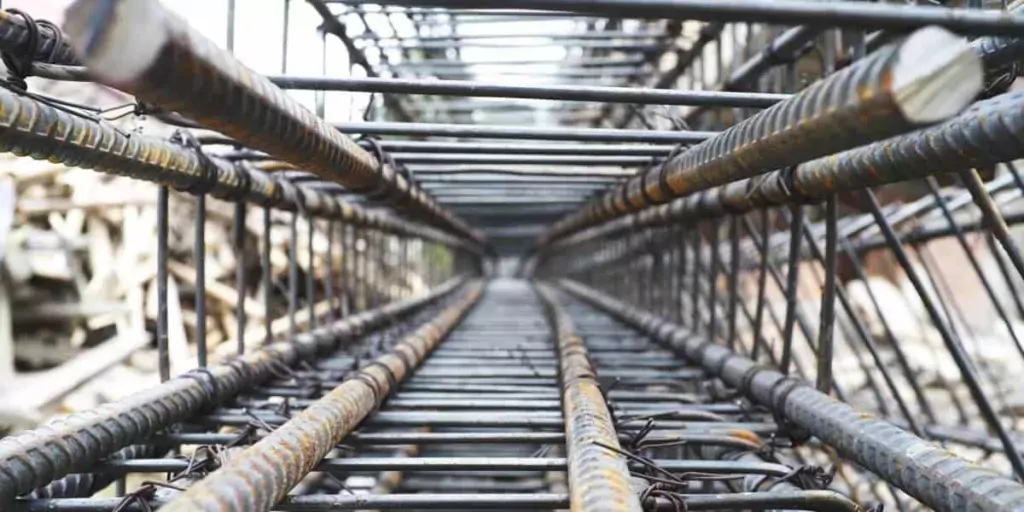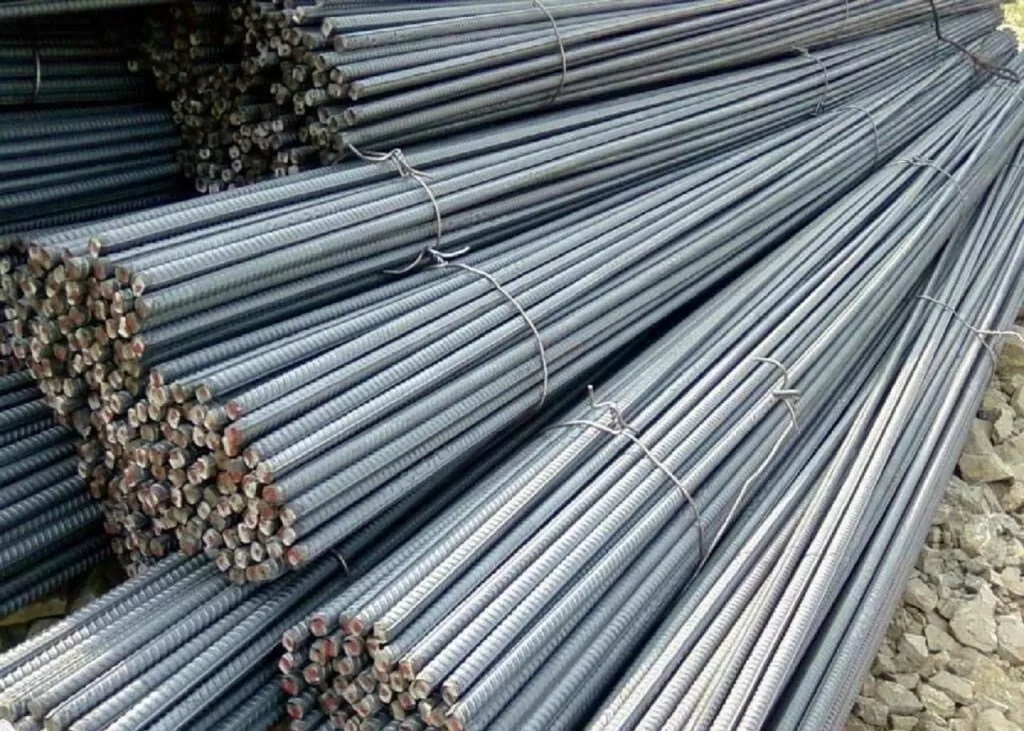Building resilient structures that withstand the test of time and seismic forces is a shared goal for everyone invested in construction. The Bureau of Indian Standards (BIS), through its latest amendment of IS 1786:2008, has introduced different grades of Thermo-Mechanically Treated (TMT) steel bars, including seismic variants (S) like Fe 500S. This article embarks on a thorough exploration of seismic performance evaluation in reinforced concrete buildings, shedding light on the critical role played by TMT steel bars. The focus intensifies on the choice between Fe 415 and Fe 500S for crafting earthquake-resistant structures, delving into the nuanced world of seismic-resistant design principles, TMT steel manufacturing, and the microalloying processes shaping the future of seismic resilience.
Introduction
In the ever-evolving landscape of construction, the quest for robust materials aligns with the innate desire to build structures that withstand the trials of time and unforeseen seismic events. The recent amendment of IS 1786:2008 by BIS has ushered in a new era, introducing diverse grades of TMT steel bars, each designed to cater to specific needs. Of particular interest is the seismic variant, Fe 500S, aimed at addressing the escalating demand for high ductility in the face of potential earthquakes.
Seismic Performance Evaluation
The vulnerability of certain regions to seismic activity underscores the need for a meticulous approach to construction. Geographical statistics reveal that 54% of India’s lands are susceptible to earthquakes, with an estimated 200 million people projected to be exposed to heavy storms and earthquakes by 2050. As such, seismic performance evaluation becomes a critical consideration, especially in regions identified as high-risk seismic prone areas, including North East, Kutch, Andaman Nicobar, Goa, Himachal, West UP, and Gujarat.

Principles of Seismic Resistant Design
Understanding seismic-resistant design and detailing is crucial for ensuring the longevity and safety of structures in earthquake-prone areas. Three fundamental principles guide seismic-resistant design: preventing damage during minor earthquakes, limiting structural damage during moderate earthquakes, and most importantly, averting the collapse of buildings during major earthquakes. This underscores the importance of designing structures to remain unchanged even in the face of large earthquakes occurring once in several centuries.
Role of TMT Steel Bars
The flexural capacity and post-yield behavior of reinforced concrete members hinge on the mechanical properties of TMT steel bars. Parameters such as yield strength, ultimate tensile strength to yield strength ratio, and elongation percentage play a pivotal role in determining the quality of TMT steel bars. The TMT steel bars manufacturing process is the linchpin, influencing these crucial properties and establishing TMT steel bars as the gold standard for concrete reinforcement over the years.

TMT Steel Grades and Applications
BIS has meticulously specified different grades of TMT steel bars, tailoring each for specific applications. The range includes Fe 415, Fe 500, Fe 550, Fe 600, Fe 650, and Fe 700, each with its unique strengths and limitations. While Fe 700 might be suitable for applications where tensile strength is the sole consideration, the focus shifts to Fe-415 for buildings in seismically active zones, where a combination of tensile strength and ductility is paramount.

Seismic Resistance of TMT Steel Grades
The TMT process allows for the production of different steel grades by adjusting the quenching parameters. This adjustment influences the balance between the outer martensite layer, providing strength, and the inner core, contributing to ductility. The Bureau of Indian Standards has set minimum ductility requirements for grades like Fe 415, Fe 500, and Fe 550. Studies reveal challenges associated with higher strength grades, particularly in seismic zones 3 and 4.
Micro Alloying and Precipitation Hardening
Microalloying principles, drawn from the realm of flat-rolled plates and sheet products, have found application in TMT steel bar manufacturing. Experiments exploring the effects of microalloying on TMT steel bars indicate that the addition of specific elements can enhance strength through precipitation and grain refinement hardening. However, achieving the right balance between QST and microalloying processes becomes critical for maintaining essential properties.
Fe 415 vs. Fe 500S for Seismic Resistance
While both Fe 415 and Fe 500S are theoretically suitable for seismic zones, practical considerations tip the scales in favor of Fe 415. Fe 415 TMT bars have demonstrated the optimal blend of tensile strength and ductility necessary for structures in seismic-prone regions. Fe 500S, on the other hand, faces challenges in consistently maintaining the required properties through the TMT process alone, necessitating careful microalloying and precipitation hardening.

Conclusion
In conclusion, the seismic-resistant design of reinforced concrete buildings demands a meticulous evaluation of TMT steel grades. Fe 415 emerges as the practical choice for seismic-prone regions, with its proven mix of tensile strength and ductility. The challenges associated with Fe 500S underscore the significance of precise microalloying and precipitation hardening. As India’s construction sector continues to burgeon, the choice of TMT steel bars emerges as a pivotal decision in constructing structures resilient to both the ravages of time and seismic forces.


